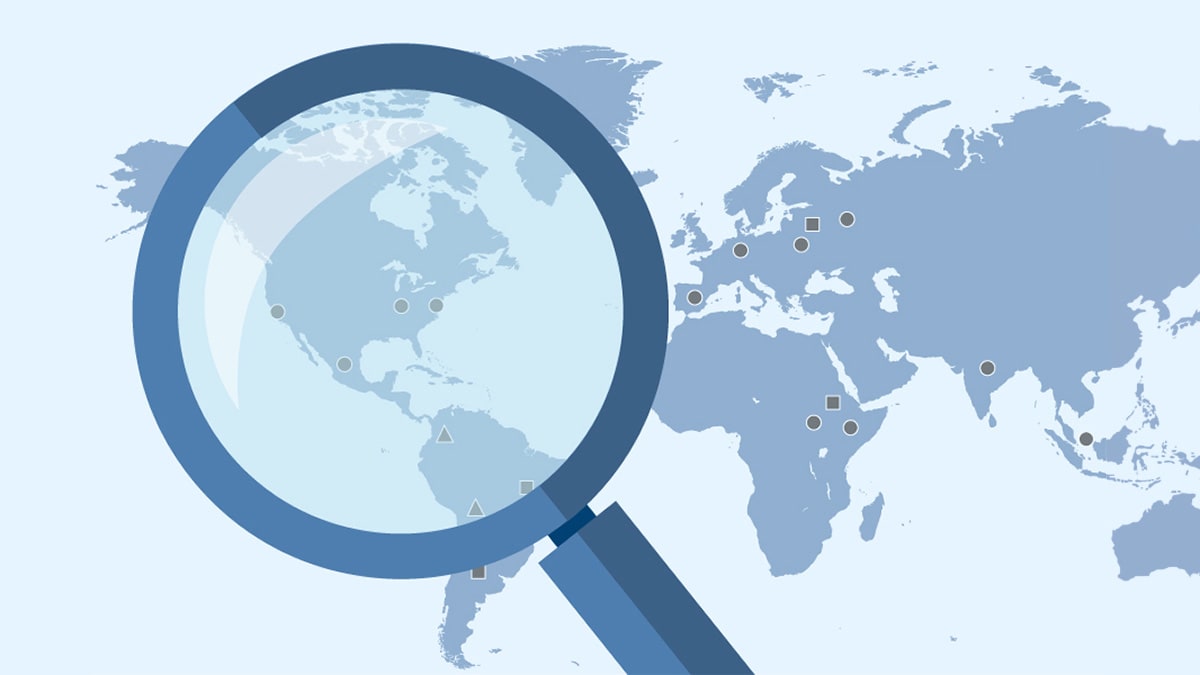At a glance
- Clinical cases of C. auris reported to CDC have continued to increase since it was first reported in 2016.
- C. auris can spread easily in healthcare facilities and cause severe illness.
- Colonization screening and infection prevention and control measures in healthcare facilities can help prevent its spread.

Overview
There were 4,514 new clinical cases of C. auris in the United States in 2023. The number of clinical cases has continued to increase since the first U.S. case was reported in 2016. The year-to-year changes vary for different states.
Healthcare facilities can help prevent outbreaks through early detection of cases, patient screening, and high adherence to recommended infection prevention and control practices.
Public health concern
Reported clinical case counts
In 2023, the number of reported clinical cases of C. auris increased nationally. Both the number of cases and how they change over time varies by state.
Some geographic areas continue to experience ongoing transmission, and it has spread into some new areas. However, recommended infection prevention and control strategies have been successful in preventing spread in some areas, especially when implemented before or at the first detection of C. auris cases.
About the data
State and local health departments submit clinical case count data to CDC.
Clinical cases are patients with C. auris identified in a sample tested to find out the cause of an infection. The sample can be taken from either an invasive body site, such as blood or spinal fluid, or a non-invasive body site, like urine or wounds.
Screening cases are patients who receive a positive C. auris result from a swab collected to test for colonization.
Differences in data presentations
For several reasons, C. auris case counts displayed on some state and local health department websites may differ from CDC's numbers. For example, CDC's web page currently shows data for clinical cases only, whereas some states report counts for both clinical and screening cases. Differences in counts may also occur because of differences in how cases are counted (such as by case, specimen, or patient, reported date versus specimen collection date, or where the patient lives versus where the patient's sample was collected).
Public health partners
CDC collaborates with public health departments, healthcare facilities, and diagnostic laboratories.
CDC's Antimicrobial Resistance Lab Network can assist with C. auris identification and screening nationwide. Laboratories that identify C. auris should notify their state or local public health departments.
State and local public health authorities should email CandidaAuris@cdc.gov for assistance with:
- Reporting
- Surveillance
- Outbreak prevention and control
